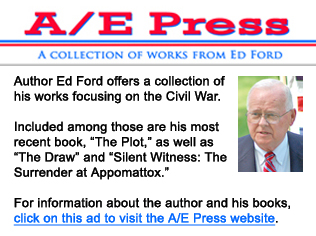|
Perryville burn expected to benefit
quail, deer, variety of small animals
More than 150 acres of the Perryville Battlefield were burned during March in order to give native wildlife a fresh start.
“We’re replacing bad grass with good grass,” Joni House, preservation and program coordinator for Perryville Battlefield, said. “It’s a good thing to let it burn.”
The prescribed burn is expected to lead to native grassland habitat for quails, as well as other species, according to Terri Brunjes, a biologist with Kentucky Fish and Wildlife.
The burn was a cooperative effort among Fish and Wildlife, the Kentucky State Parks system, the Civil War Trust and Friends of Perryville Battlefield.
Burn manager Josh Lillpop said prescribed burns are beneficial because they kill off invasive, non-native plants that aren’t adapted to survive fire. Native species, however, are “fire-adapted” and do well after a prescribed burn has cleared land, he explained.
House said invasive fescue will be one of the plants the burn helps remove.
A crew of more than a dozen prescribed-burn-certified workers used drop torches fueled by a mixture of diesel and gasoline fuels to set the designated areas ablaze.
Brunjes said the burn will increase biodiversity in the area and make it easier for animals to travel. Quails are the primary beneficiaries of the activity, but deer, turkey, rabbits and songbirds will benefit as well, she said.
Chad Greene, president of the Friends of Perryville Battlefield group, said his organization has started a pilot project to grow some native grasses at the battlefield, but nothing near the size and scope of the prescribed burn that was conducted.
Greene said a five-acre burned plot will be turned into a cornfield, while a much larger 150-acre plot will grow back as native grasses and attract wildlife.
Chuck Lott, treasurer for the Friends group, said in order to keep the battlefield area authentic to the time period it is famous for, the cornfield will be planted with “Wisconsin Red Dent” corn, a variety that was grown widely in the Bluegrass region during the Civil War era.
The burn ultimately will result in attracting more visitors to the battlefield and be a benefit for local animals, Greene said. That helps the Friends goal of promoting the state historic site, he added.
|



